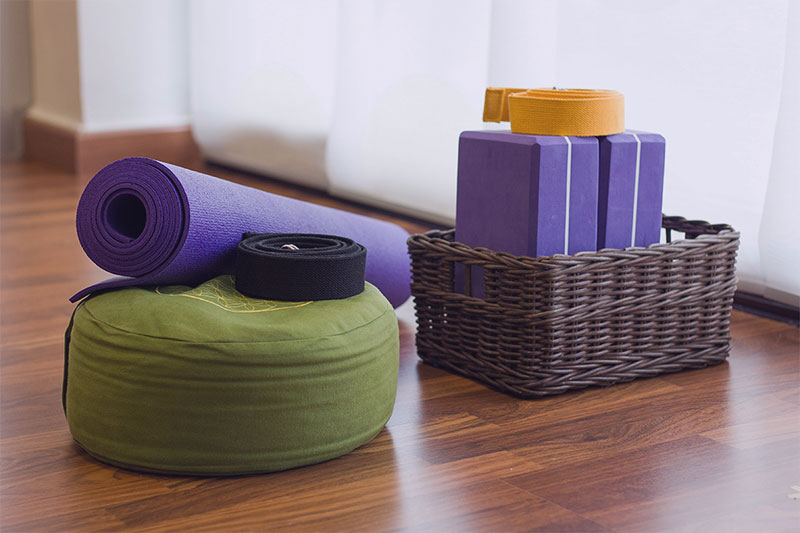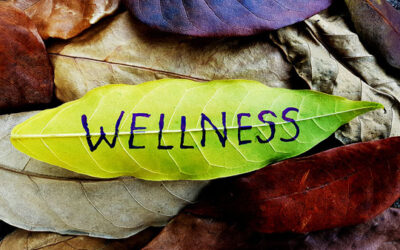Advice on the types of exercise to best support your body through the perimenopause and menopause stages of life
Exercise is one of the best things you can do for your health at any life-stage – particularly if you are experiencing perimenopausal or menopausal symptoms.
Not only does exercise help you to release endorphins which make you feel good, it also helps to process waste hormones from the liver and colon. Without regular movement we can begin to hold onto old hormones which can recirculate through the body making symptoms like brain fog, fatigue and headaches worse.
The word exercise can hold certain connotations and bring about ideas of running or working out in the gym to reach cardiovascular goals. This kind of exercise has its place and is a valuable part of the health picture. However, high-intensity exercise may not be helping your hormone balance if you have worked three 12-hour shifts back-to-back and are feeling utterly exhausted. High-intensity exercise has the potential to not only make your symptoms worse, but it isn’t good for your well-being when constantly feeling guilty about not having the time or energy to exercise.
Exercise can be gentle and calming; it is more about the movement – all movement is good movement!
Have you ever counted your steps on a day at work? I bet you reach the 10,000 step goal most days, just by being on shift. This is enough for that day!
I have written more about stress in another article in this series, where I explain how stress can impact on your perimenopause and menopause journey; stress can be the main driver for difficult symptoms.
Stress-reduction is key to well-being through your hormonal journey. The type of exercise you choose can have the potential to either add to your stress load or reduce your stress load.
If on a workday you feel as though you would like to try another form of exercise, perhaps consider a yoga class or a tai chi class, rather than going for a run or a long work out. The gentle restorative exercises will help your nervous system to rebalance after a long day at work and contribute to better hormone health.
Strength training is also reported to improve mental well-being for everyone but is particularly beneficial for people going through the perimenopause-menopause transition. It provides endorphin release and can develop a sense of control, confidence and empowerment.
Research has shown that despite all the physiological changes, menopause should not be viewed as a sign of impending decline, but rather a wonderful beginning of a good health program. This should ideally include lifestyle changes in diet, exercise (including yoga), and limiting smoking as well as alcohol.
Benefits of exercise
Exercise can have a positive impact on all areas of health related to perimenopause and menopause:
- Exercise increases the cardiorespiratory function. If done regularly, it reduces the metabolic risks associated with declining oestrogen.
- It increases high-density lipoproteins (HDL), reduces low-density lipoproteins (LDL), triglycerides and fibrinogen.
- LDL (low-density lipoprotein), sometimes called ‘bad’ cholesterol, which makes up most of the body’s cholesterol. High levels of LDL cholesterol increase the risk for heart disease and stroke.
- HDL (high-density lipoprotein), sometimes called ‘good’ cholesterol, which absorbs cholesterol in the blood and carries it back to the liver to be flushed from the body. High levels of HDL cholesterol can lower the risk for heart disease and stroke.
- Triglycerides are a type of fat found in the blood that the body stores and uses for energy.
- Fibrinogen is a critical protein produced in the liver, responsible for blood clotting.
- There is an additional benefit of a reduced risk of high blood pressure, heart attacks, and strokes.
- Exercise can help to reduce weight gain.
- It increases the bone mass. Strength training and impact activities (like walking or running) can help to offset the decline of bone mineral density and prevent osteoporosis.
- It can help to reduce lower back pain.
- It is proven to help reduce stress and improve mood.
- It may help to reduce hot flushes.




